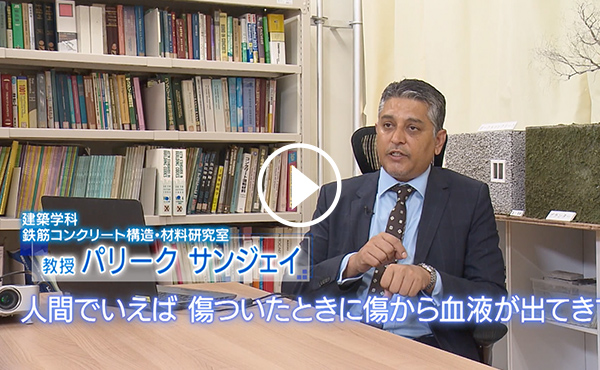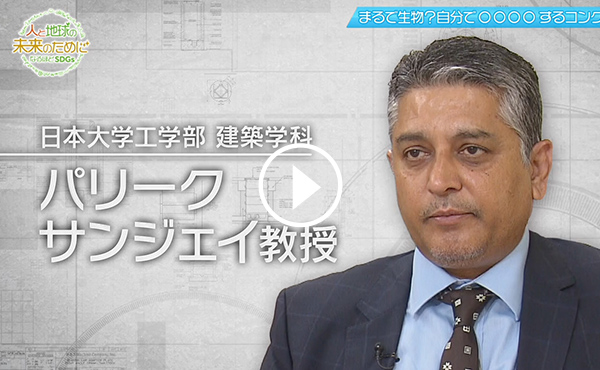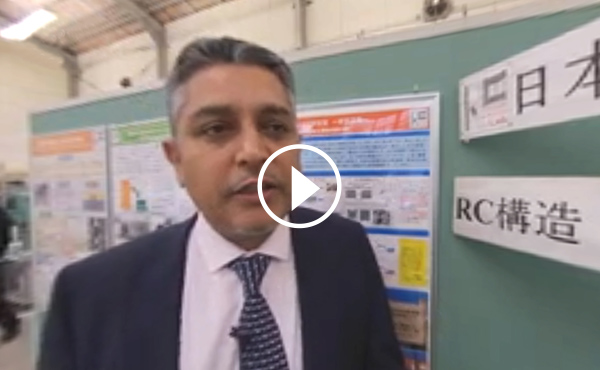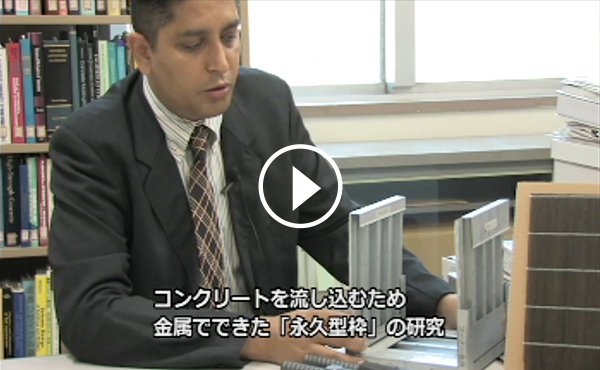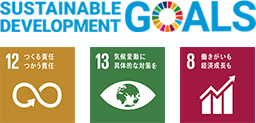
Production Technology of non-fired bricks to reduce CO2 in India
Currently, the number of fired bricks manufactured in India is about 360 billion units per year, and the amount of CO2 emitted from the manufacturing process (baking at 900°C or higher) is said to be about 186 million tons per year India. It accounts for about 14%. Furthermore, the amount of coal ash emitted from thermal power plants is said to be 115 million tons in 2006, but the reuse rate is only 39.1%, and much of it is discarded, which is a problem. Based on the above, as an effective use of coal ash, we are studying a method for producing non-fired bricks for the purpose of using a large amount of fly ash, which acounts for about 90% of coal ash, and reducing CO2.
What's New
Recent reports
-
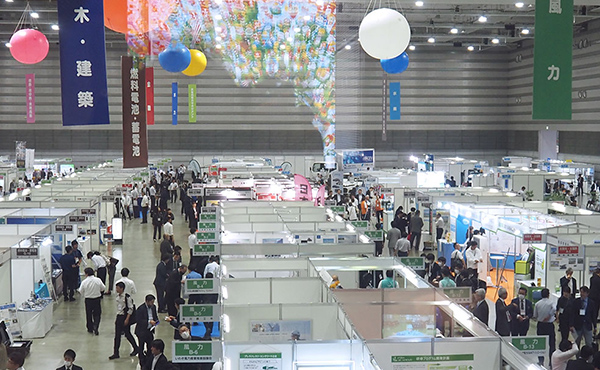
2024.10.22
[Regional contribution] Exhibition of research results from departments and cross-disciplinary departments of Nihon University College of Engineering. -
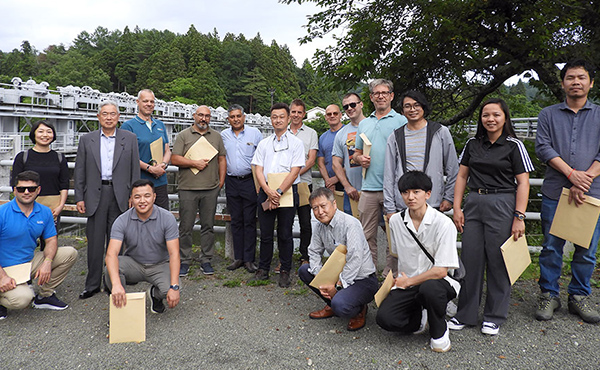
2024.09.04
Researchers from Delft University of Technology in the Netherlands visited Fukushima Prefecture as part of a bilateral exchange project with the Nihon University Faculty of Engineering. -
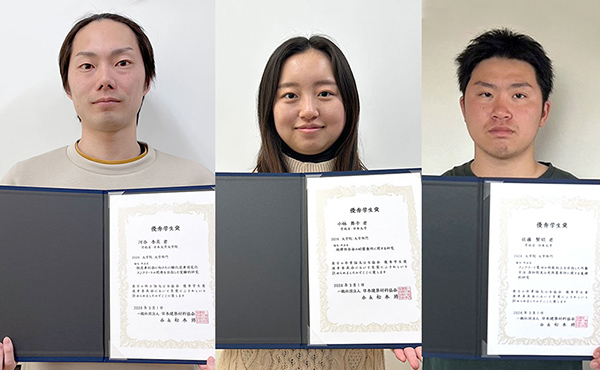
2024.04.04
Three students from the Department of Architecture's Reinforced Concrete (RC) Structures and Materials Laboratory received the Japan Building Materials Association Outstanding Student Award. -
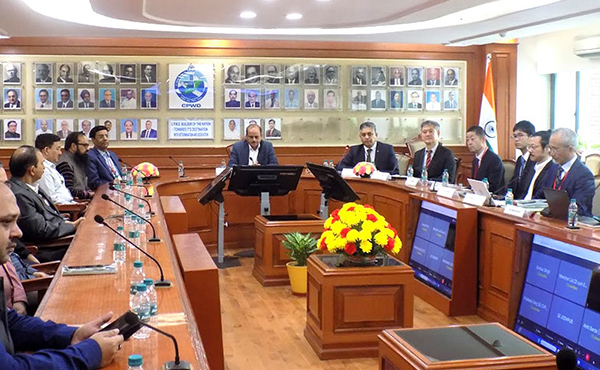
2024.12.23
Recent report
A letter of appreciation was presented to Professor Sanjay PAREEK of the Department of Architecture by the Central Public Works Department (CPWD) of India. -
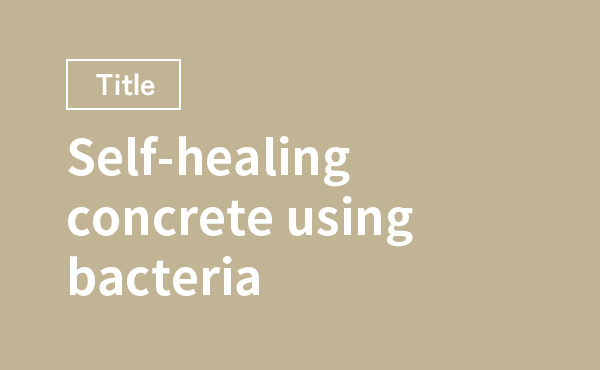
2023.12.07
Hironaga Kawasaki, Ph.D. candidate of RC Structures and Materials Lab (Guidance Professor Sanjay PAREEK) majoring in architecture, was invited to the Joint Meeting of the Construction Subcommittee and Materials Division of the Tohoku Branch of the Architectural Institute of Japan and gave a lecture titled "Study on Crack Self-Healing Concrete Using Bacteria". -
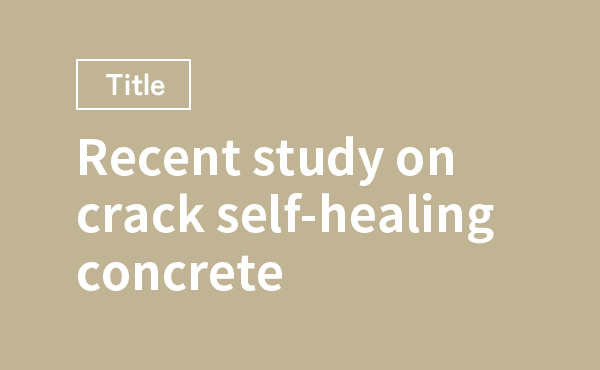
2023.10.13
Hironaga Kawasaki, Ph.D. candidate of RC Structures and Materials Lab (Guidance Professor Sanjay PAREEK) majoring in architecture, was invited to the ``21st annual concrete conference on DEVELOPMENT OF SUSTAINABLE CONCRETE'' and gave a lecture on ``Recent study on crack self-healing concrete with bacteria.''
ABOUT OUR LAB
Research and development of the latest building materials aimed to reducing the carbon foot print of reinforced concrete (RC) structures and materials.
RC structures are one of the most interesting areas of architecture. After the Great Hanshin-Awaji Earthquake, the issue is how reinforce existing buildings as they are being diagnosis and recovered. In our laboratory, we are learning practical reinforcement techniques through various material experiments and analysis, and researching and developing the latest building materials in consideration of redusing environmental load.
8 research topics
-
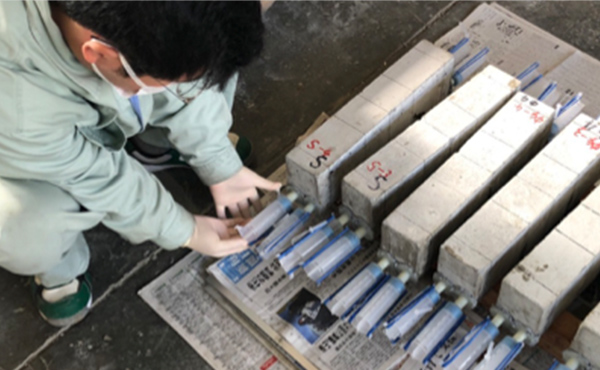
01
Self-repairing concrete using a network -
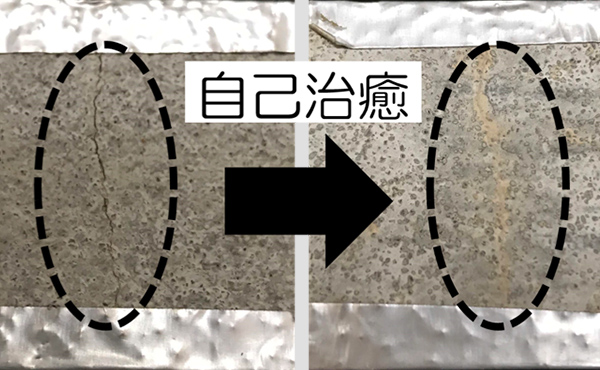
02
Self-healing concrete using bacteria -
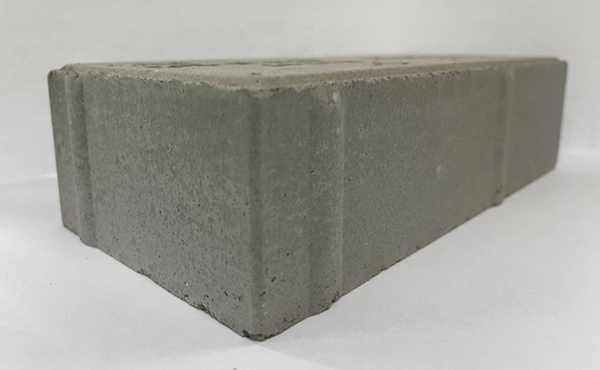
03
Development of nonfired bricks using fly ash -
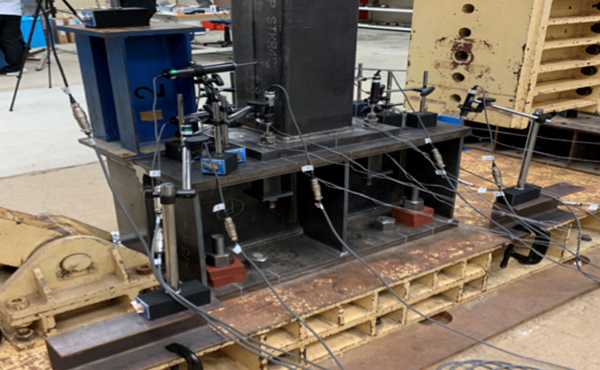
04
Research on RC structures using superelastic alloys -
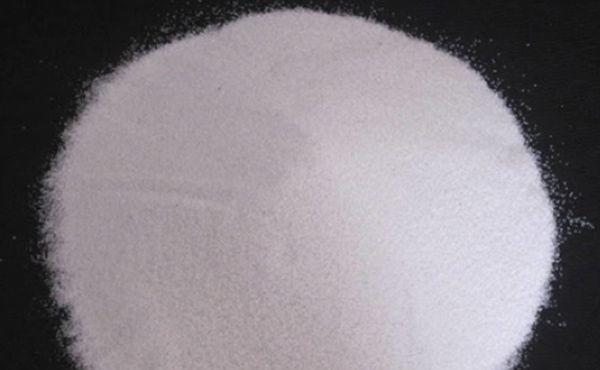
05
About foam concrete using phase change materials(PCM) -
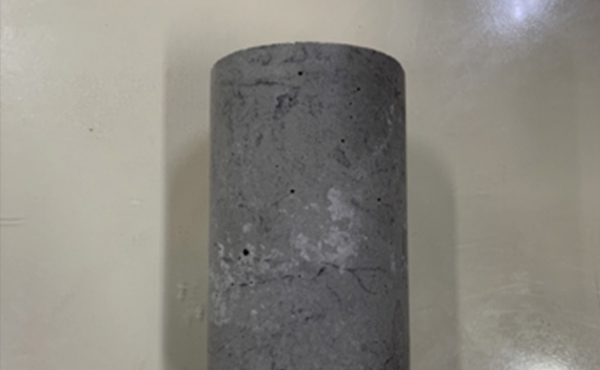
06
Environmental benefits and physical characteristics of geopolymer concrete -
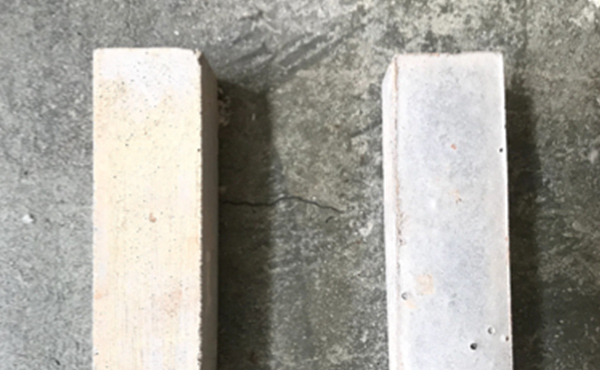
07
Development of del geopolymer for the purpose of reducing environmental load -
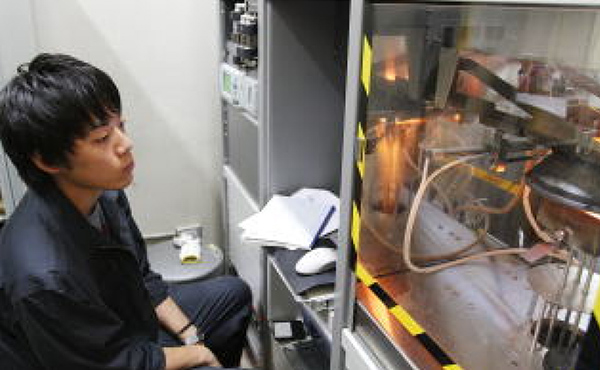
08
Fire testing of building materials and technology -

Research results by
Yearly research topics of thesis of undergraduate and graduate students
MEMBERS
Teachers, students, places of employment
Introducing student members who are conducting experimental research with our The employment destinations of past student members are also open to the public.
Director
Professor
Sanjay PAREEK, Dr.Eng.
Professor Sanjay Pareek (Doctor of Engineering)
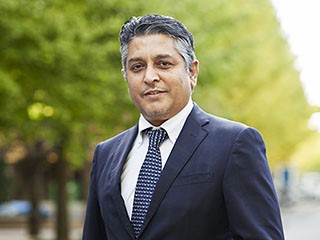
Abbreviation history
| 1983 | (Showa58) | Abadina College, Ibadan, NIGERIA (graduated from high school) |
|---|---|---|
| 1986 | (Showa61) | University of Rajasthan, Jaipur, INDIA (graduated from University) |
| 1987 | (Showa62) | Nihon University College of Engineering, Department of Architecture, Architectural Chemistry Laboratory (enrolled as a research student) |
| 1988 | (Showa63) | Entered the Department of Architecture, Master’s School of Engineering, |
| 1993 | (Showa5) | Completed doctoral course in architecture at the Graduate School of Engineering, Nihon University. Obtained a doctorate(engineering). Joined Daito Concrete Co., Ltd. |
| 1996 | (Showa8) | Daito Concrete Co., Ltd. Retired. Nihon University College of Engineering Department of Architecture Assistant |
| 2000 | (Showa12) | lecturer, Department of Architecture, College of Engineering, Nihon University |
| 2008 | (Showa20) | Associate Professor, Department of Architecture, College of Engineering, Nihon University |
| 2018 | (Showa30) | Professor, Department of Architecture, College of Engineering, Nihon University to present |
| 2023 | (Reiwa5) | Professor, Indian Institute of Technology |
Main research themes
- ・Research and development of self-healing function type (intelligent) concrete
- ・Research and development on geopolymer (without cement) concrete
- ・Research and development on the evaluation of fire performance of interior and exterior construction
- ・Research and development of ultra-high strength concrete
- ・Research and development on shielding performance of high-density concrete
- ・Research and development of reinforcement methods for concrete structural members using long and short fibers
- ・Research and development on unfired bricks that effectively utilize unused resources to reduce CO2 in India
- ・Research on Indian historical structures and Indian housing
LECTURE
Introducing the lecture subjects of the the Department of Architecture, Department of Concrete Structures and Materials.



